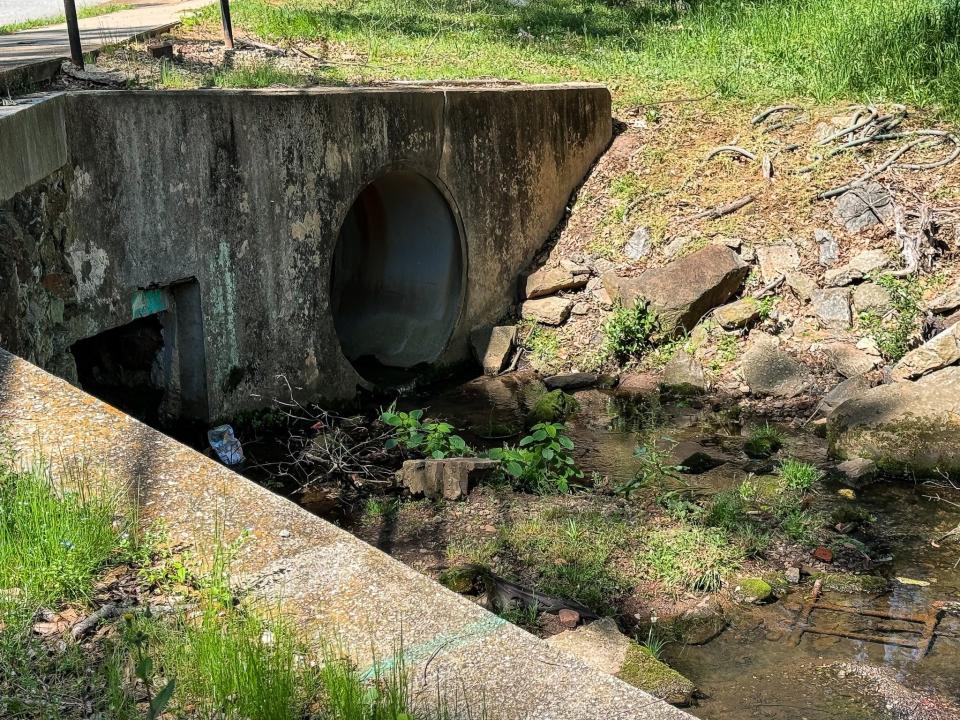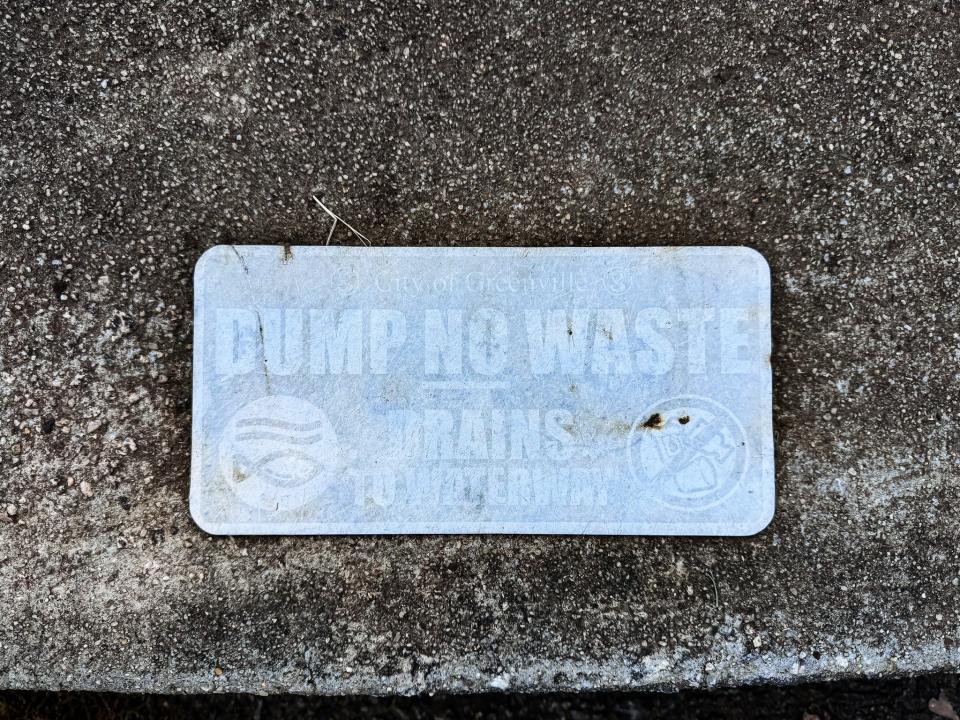Sustainability with Sarah: Why does polluted stormwater flow into rivers and lakes?
Welcome to Sustainability with Sarah! I’m the climate change and environmental reporter for The Greenville News covering issues and solutions across the Upstate. In this weekly column, I will answer your questions about what’s going on in the natural world around us, from waste to water and everything in between. We’ll look at what works, what doesn’t and what you want to see.
This week, we’re talking about stormwater. It can be one of the biggest threats to clean water. It’s too difficult to treat in the same way we treat our wastewater, or the water that comes from our homes, so what can we do to protect South Carolina’s water quality?
Do you have a question you’d like answered? Feel free to fill out our Google form here or send me an email at sswetlik@gannett.com.
Question: If water quality is such an important issue, how can street run-off into storm sewers that lead to rivers be allowed?
Answer: Most of South Carolina operates on two sewer systems – one for wastewater and one for stormwater.
Treating stormwater in the same way we treat wastewater would be costly and disruptive and put more pressure on treatment facilities.
So, what exactly is the difference?
When it rains, the ground absorbs water wherever it can. In a grassy area, rainwater can seep straight into the soil. But in developed areas, water needs to be rerouted because it can’t soak through surfaces like asphalt or concrete.
Excess stormwater is called runoff. Runoff flows into drains, and then through a stormwater sewer system before it is eventually released into a water body like a river or a lake. But as rainfall hits the pavement, it can bring pollution like litter, herbicides and pet waste along with it before it enters our water bodies.

Why isn’t stormwater treated like wastewater?
According to a spokesperson from South Carolina’s Department of Health and Environmental Control, the volume of runoff that a single thunderstorm can generate makes it difficult to treat in the same way wastewater is treated.
Susan Lunt works as a Carolina Clear Coordinator at the Clemson University Cooperative Extension. She and her team help cities and municipalities educate residents about water pollution.
According to Lunt, a 1,000 square foot roof that gets one inch of rain can generate 600 gallons of water. In comparison, the average person uses about 80-100 gallons of water each day, data from the U.S. Geological Survey shows.
Like much of the United States, South Carolina gathers runoff in a separate sewer system dedicated to transporting stormwater, typically referred to as an MS4. There are more than 7,000 of these systems nationwide. In South Carolina, there are more than 70.

Lunt said swapping to a combined sewer system, where both stormwater and wastewater would be treated together, would be both costly and difficult. It would require an overhaul of underground pipes, as well as increased infrastructure, personnel and maintenance at water treatment facilities.
The Upstate also tends to get heavy rainfall. Combining stormwater and wastewater into one sewer could make drains more likely to clog and overflow during intense storms, often called a backup. If sewers aren’t equipped to handle the amount of water flowing through the pipes, the water will pool. In a combined system, raw sewage is mixed with the stormwater, so backups can mean the water is full of waste before it heads to nearby rivers and lakes.
"If you have combined systems, they can't handle that influx of water,” Lunt said. “Then the sewage that mixed with the stormwater goes directly into water bodies."

What can I do to help keep my water clean?
According to the U.S. Environmental Protection Agency, runoff is one of the biggest threats to clean water across the country.
Lunt said it’s important for people to be good earth stewards and take care of the land around them.
She said any act of prevention can help make a difference in water quality.
“The best thing that can happen is that individuals are putting in place what we refer to as ‘best management practices’ to ensure that their stormwater is seen as clean as possible, because it's going directly into these water bodies,” Lunt said.
Preventing pollution in runoff can mean:
Not using unnecessary herbicides, pesticides or chemicals in your yard. Clemson’s Agricultural Service Lab offers South Carolina residents a soil test programto see what your soil needs
Picking up litter
Maintaining septic systems and vehicles
Using car washes, which have structures to collect excess water, rather than washing them in your driveway
Canning fats, oils and grease when cooking and disposing of it with trash, rather than down a drain, which can clog pipes
Cleaning up pet waste
Pet waste tends to be higher in pollutants than manure, Lunt said.
Stormwater retention ponds, which can hold excess runoff, can also prevent polluted water from rushing to nearby water bodies. People who want to naturally limit contaminated runoff can create rain gardens and riparian buffers, which both use native plants to soak up rainwater and filter pollutants.
Carolina Clear and the Clemson Extension aim to provide residents with resources to manage rainwater and runoff in their communities. They offer courses in stormwater pond management, rainwater gardening and post-construction runoff in addition to information resources on their website.
DHEC and the EPA also have resources for citizens who are interested in finding ways to prevent runoff and keep excess stormwater pollution-free.
"We're all ambassadors of our environment," Lunt said. "Agriculture and tourism are number one in two industries here in South Carolina. And both of those are very dependent on water, in addition to just our day-to-day lives, so it's so important to do what you can as an individual and as a community."
Sarah Swetlik covers climate change and environmental issues in South Carolina's Upstate for The Greenville News. Reach her at sswetlik@gannett.com or on X at @sarahgswetlik.
This article originally appeared on Greenville News: Sustainability with Sarah: Is polluted stormwater treated?

